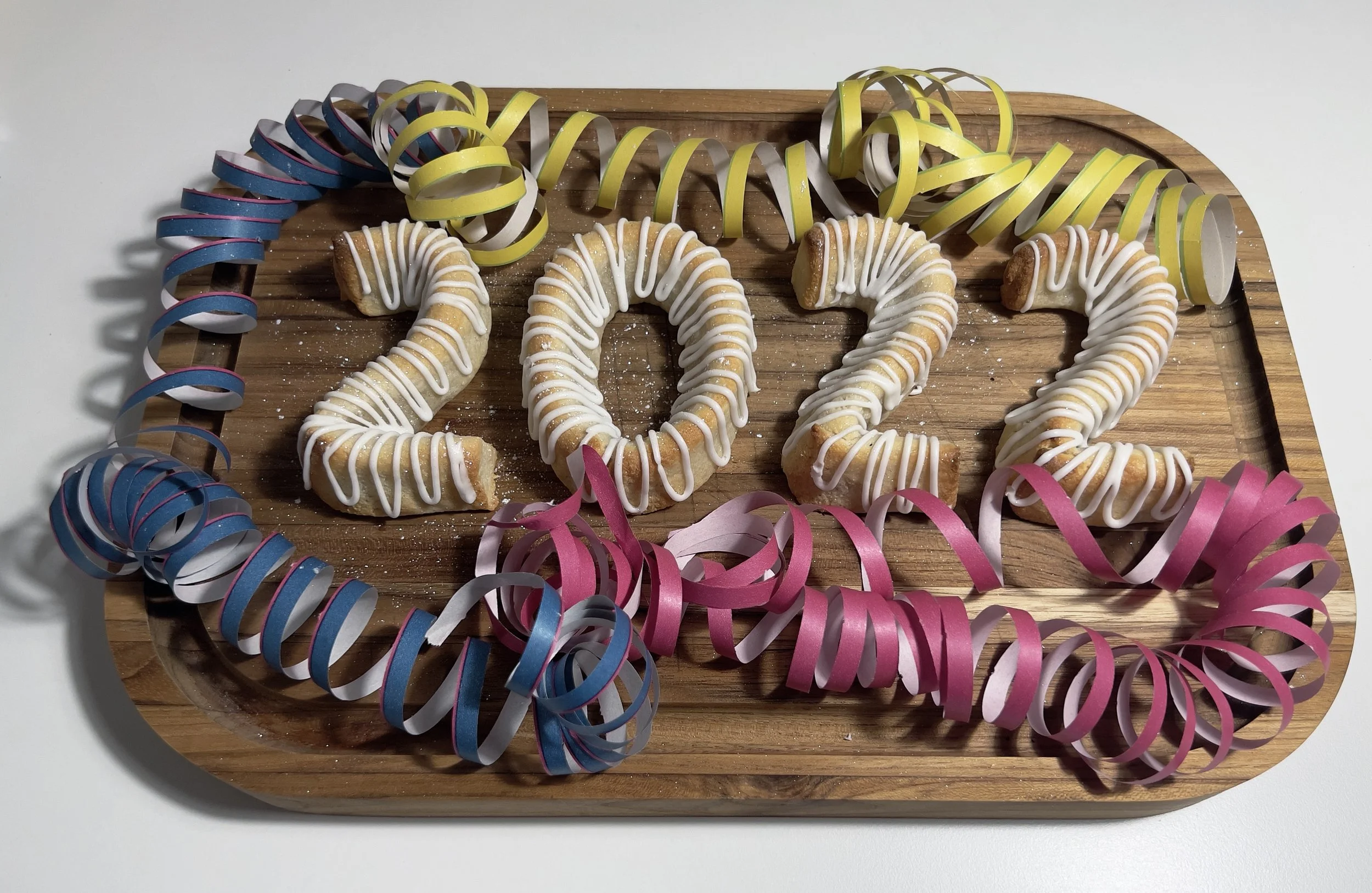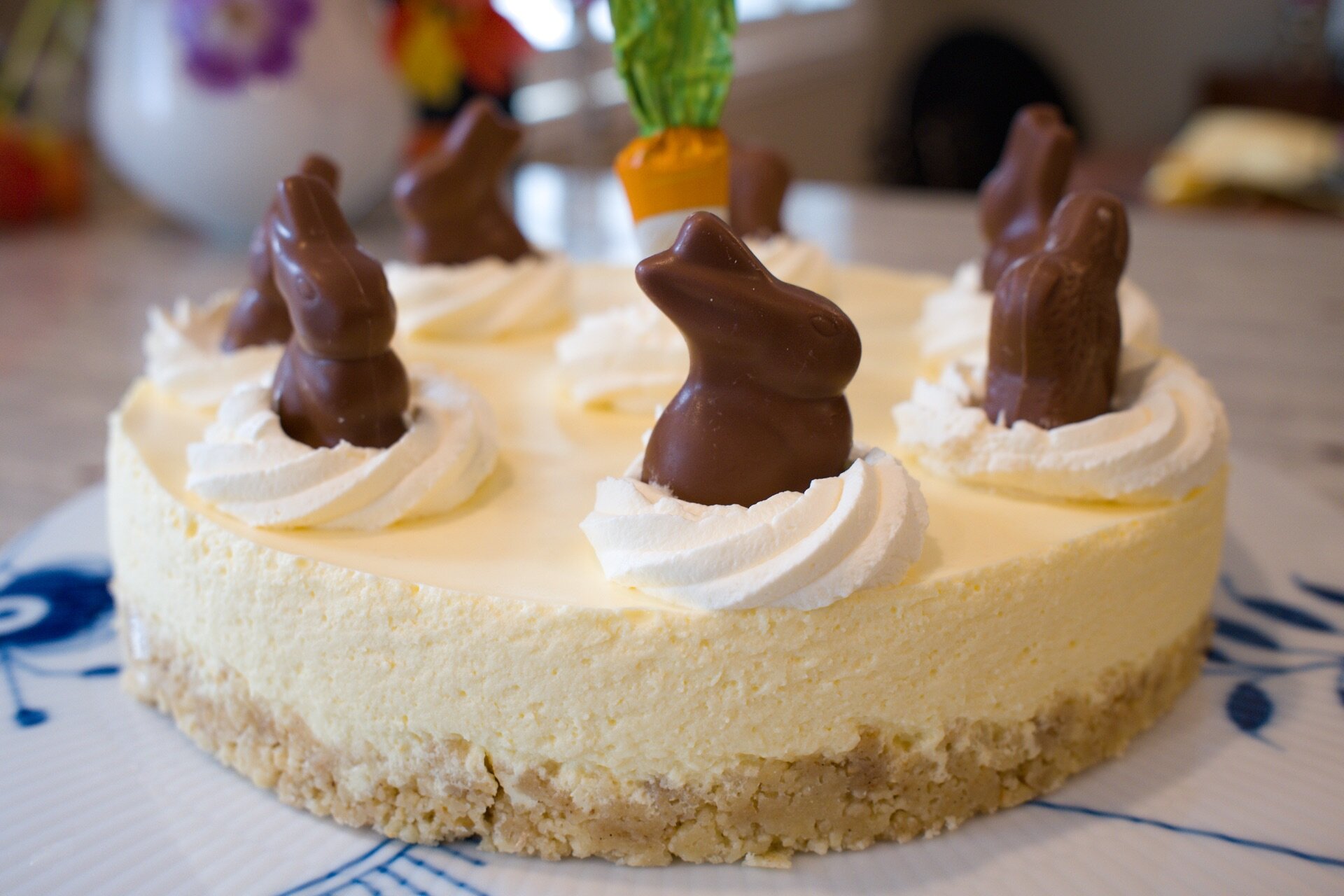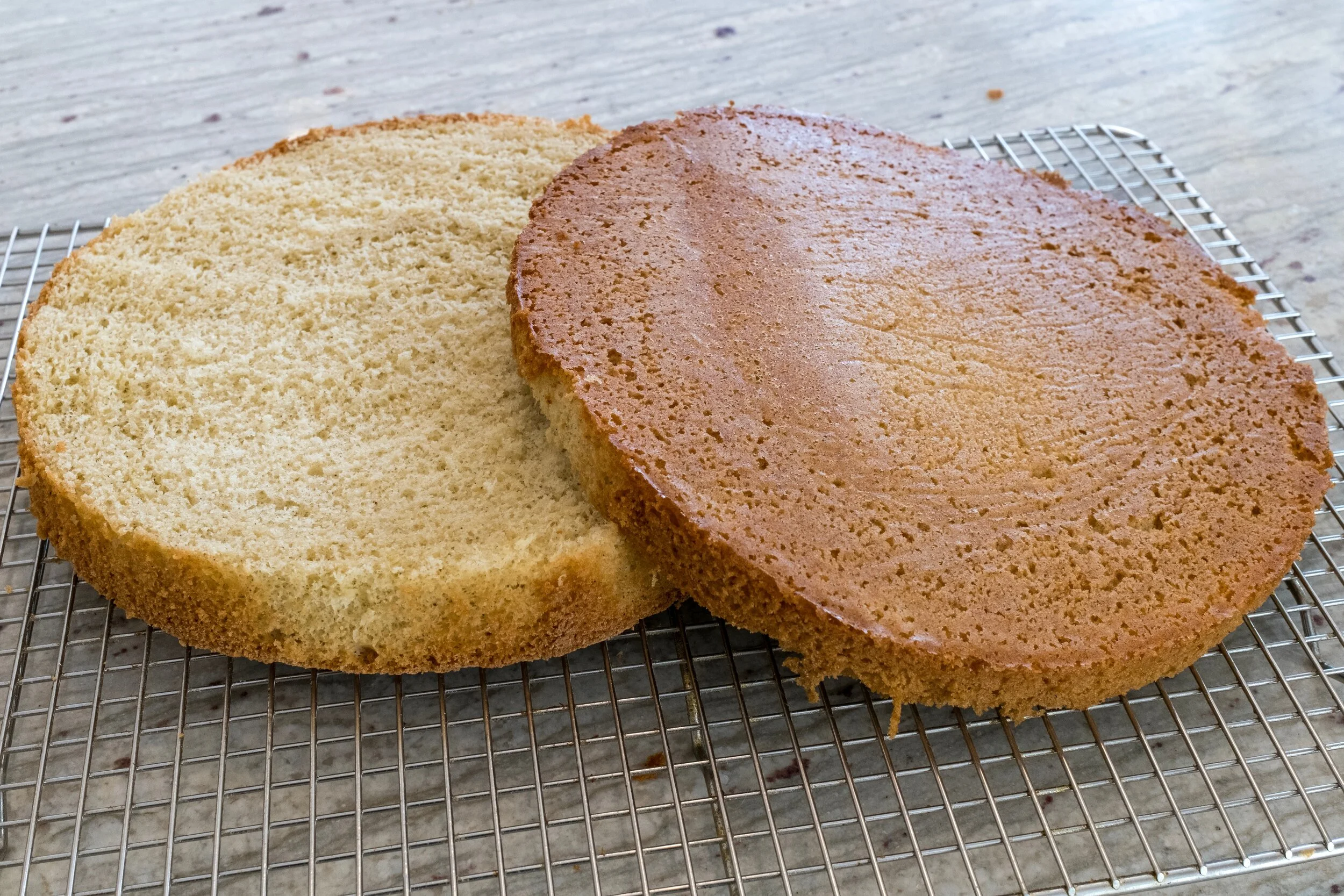Gravad Lax - Gravlax with Mustard Sauce (Rævesauce)
Gravad lax, gravad laks or gravlax is a dill-cured salmon, normally served with a mustard sauce. Gravad lax means buried salmon, referring to back in the old days, where the fishermen cured the fish and buried it in the ground for a few days. Now you would never put the fish in the ground when you have the refrigerator.
Gravad lax is one big favorite in my house, if you ask my husband IT IS the favorite, when it comes to fish cold cuts, way better than smoked salmon. Gravad lax is perfect for appetizer, for small Hors d'oeuvre or on an open-faced sandwich on rye bread. The sweet salty salmon almost melt in your mouth, and with the mustard sauce, it's a little slice of heaven.
Eating Raw Seafood - What You Need To Know:
It's always best to cook seafood thoroughly to minimize the risk of food-borne illness. However, if you choose to eat raw fish anyway, one rule of thumb is to eat fish that has been previously frozen for 24 hours. FDA
Ingredients:
750 g (26 oz) fresh salmon filet with skin on
3 tablespoons sugar
2 tablespoons salt
2 teaspoons crushed white pepper
2 bunches dill, chopped
Directions:
To minimise the risk connected with eating raw fish, you should freeze the salmon before preparing it. When defrosted, scale the salmon and remove all small bones, but leave the skin on.
Mix salt, sugar and pepper and sprinkle it all over the salmon, cut the salmon in half. In the dish you are going to marinate the salmon in, sprinkle a good layer of dill, place the one piece of salmon, skin side down. Sprinkle a thick layer of dill on that, and place the second half on top sin side up. Sprinkle the rest of the dill on top. Put some plastic wrap over the salmon and use a weighted cutting board to press on the salmon. Refrigerate for 24−48 hours, turning the salmon filet a few times. Rinse the salmon in cold water, and pad it dry.
Use a sharp knife to cut the gravad lax. (Filet knives, boning knives, and Japanese sashimi knives work well for this role.) The gravad lax should be sliced paper-thinly at an angle (15-20 degree angle), making sure not to get any skin on the slices.
Serve the gravad lax on a slice good bread, with a mustard sauce.
Mustard sauce - Rævesauce
Ingredients:
6 tablespoons brown sugar
2 tablespoons Dijon mustard
2 tablespoons white wine vinegar
8 tablespoons oil (use a neutral oil - not olive oil)
dill, finely chopped
salt & pepper to taste
Direction:
Whisk sugar, mustard and vinegar together and add the oil in a thin stream to make the emulsion. Stir in the dill and season with salt and pepper to taste.












